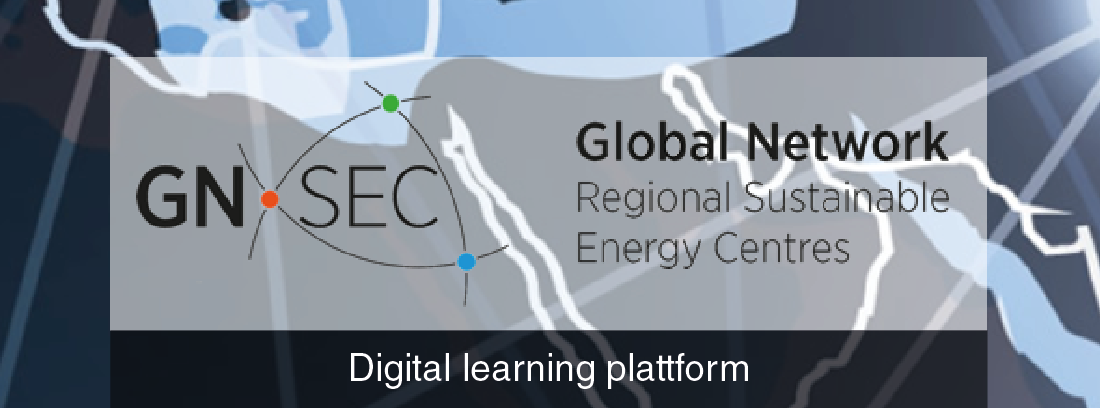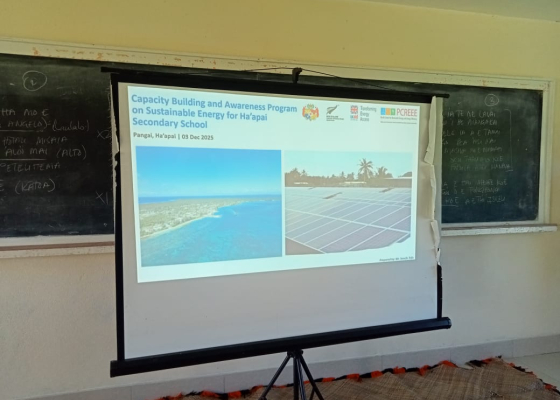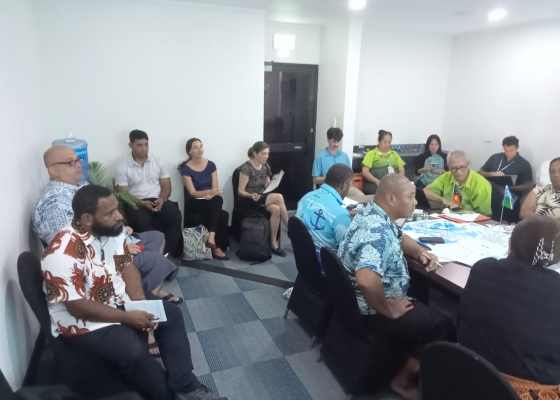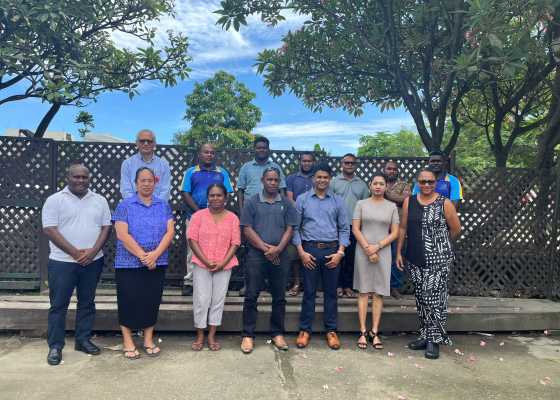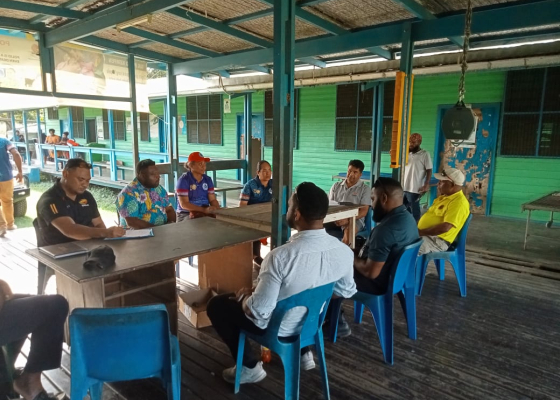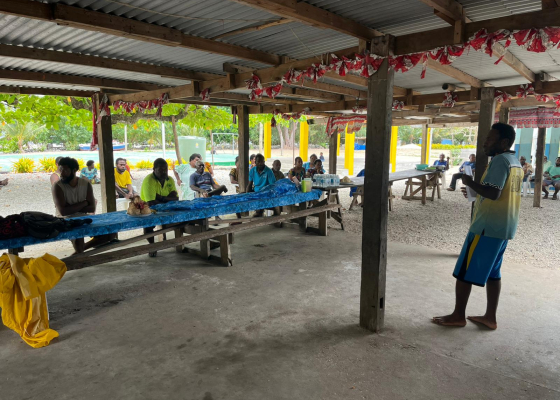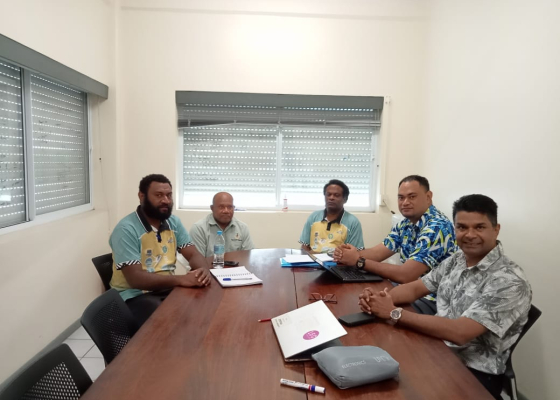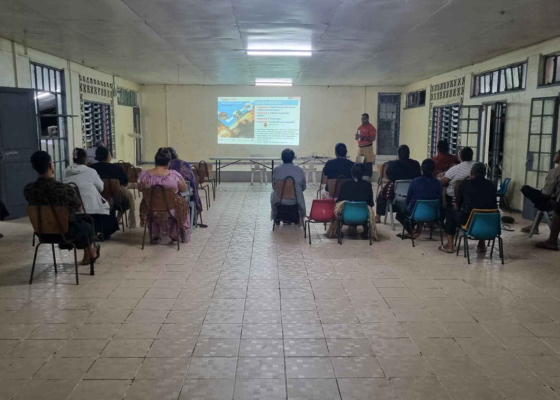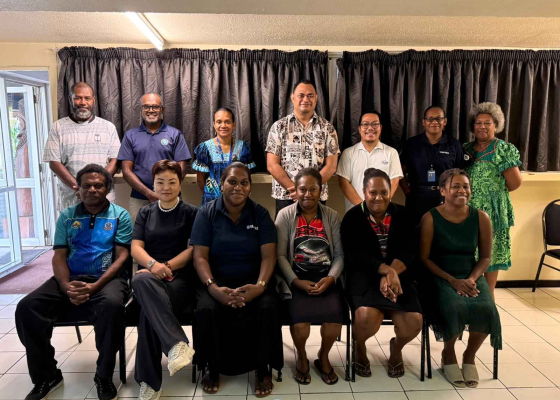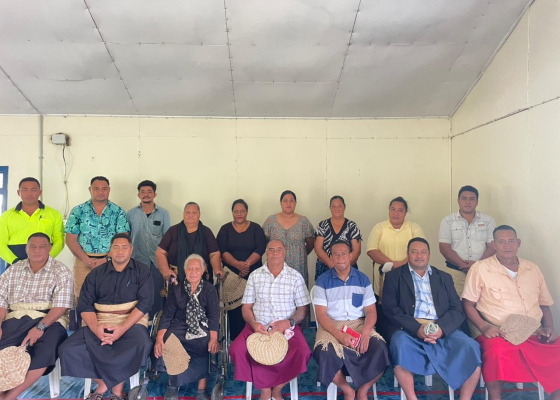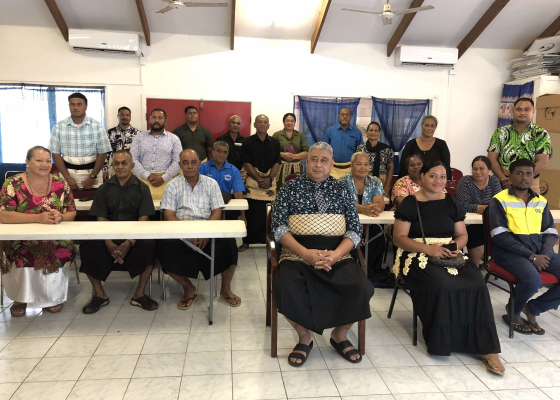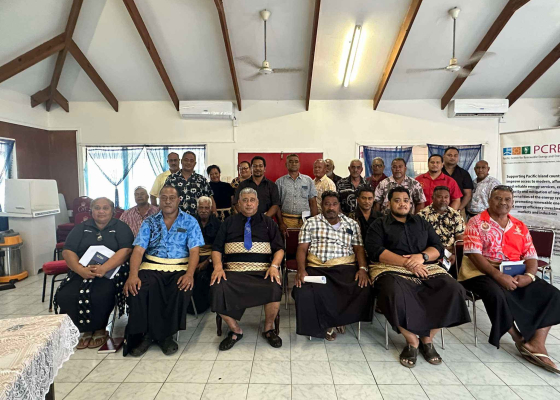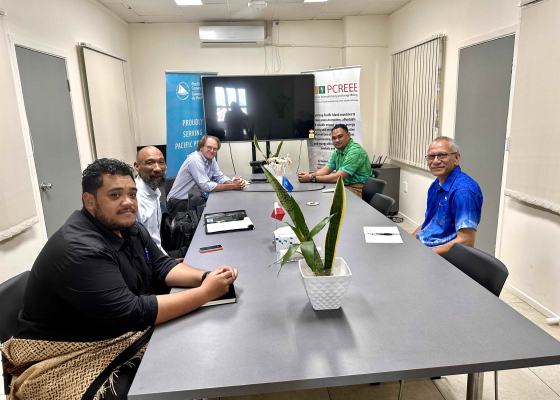Pacific Perspectives on the Challenges to Energy Security and the Sustainable Use of Energy
Executive Summary:This report was prepared by Peter Johnston for UN ECONOMIC and Social Commission for Asia and the Pacific (ESCAP). This paper describes challenges and opportunities for enhancing energy security and more sustainable use of energy in the Pacific islands subregion of ESCAP.
The Pacific is small in population but covers a huge geographical area: there are only 10 million people on thousands of islands in the fourteen ESCAP member and seven associate member states, widely scattered across a third of the earth’s surface area. Nearly 80% of the households of Pacific Island Countries and Territories (PICTs) have no access to grid-connected electricity but this is misleading as energy and development statistics in the subregion are heavily skewed by Papua New Guinea (PNG) with nearly 70% of the islands’ population, 84% of land area and the widest natural resource base. PNG, with much of its population in nearly inaccessible mountainous areas, has an electrification rate of only 12% whereas for most PICTs, 50-100% of households are electrified.
Keywords: ESCAP, Energy Security, Energy, Renewable Energy
Upcoming Events
-
01/19/2026 to 01/23/2026
-
03/02/2026 to 03/03/2026






